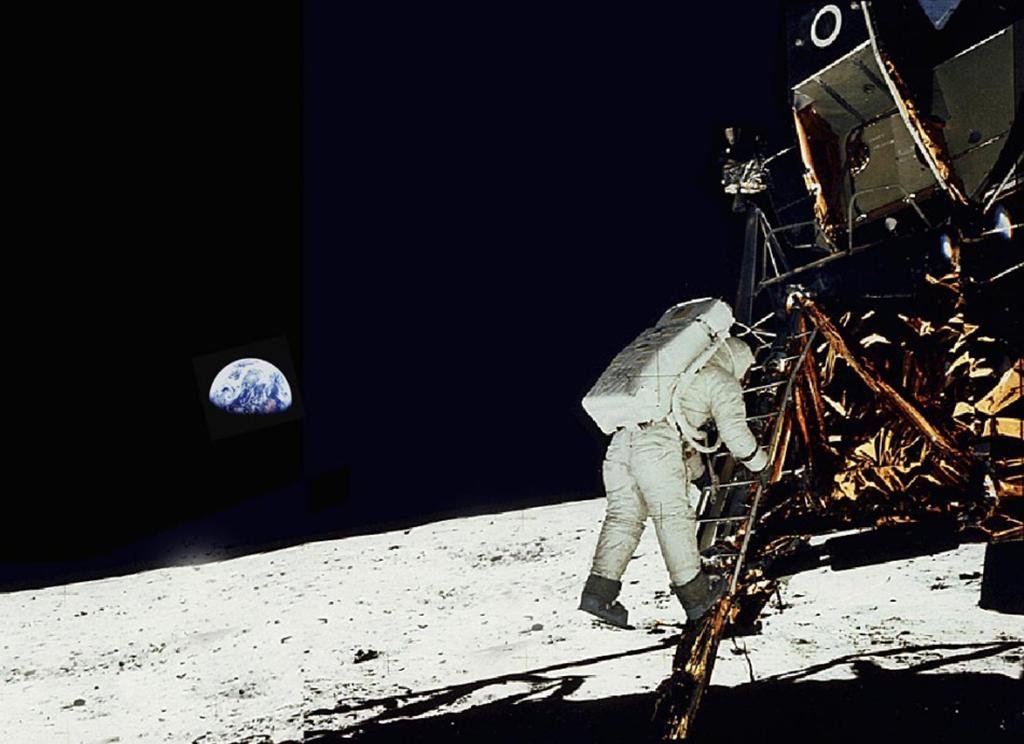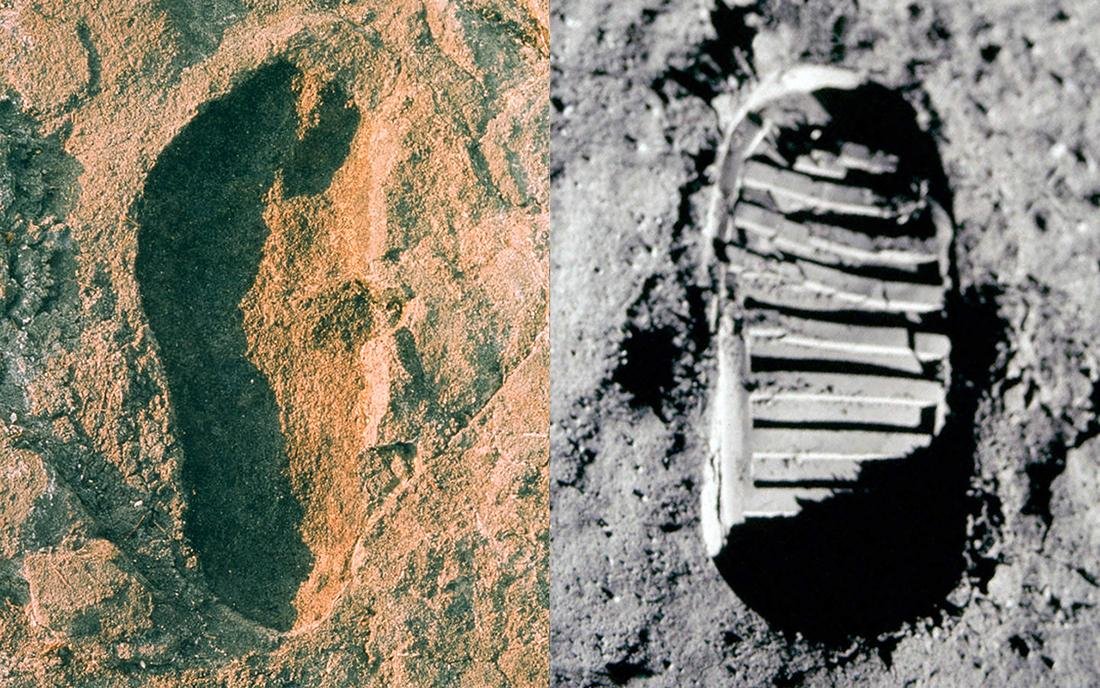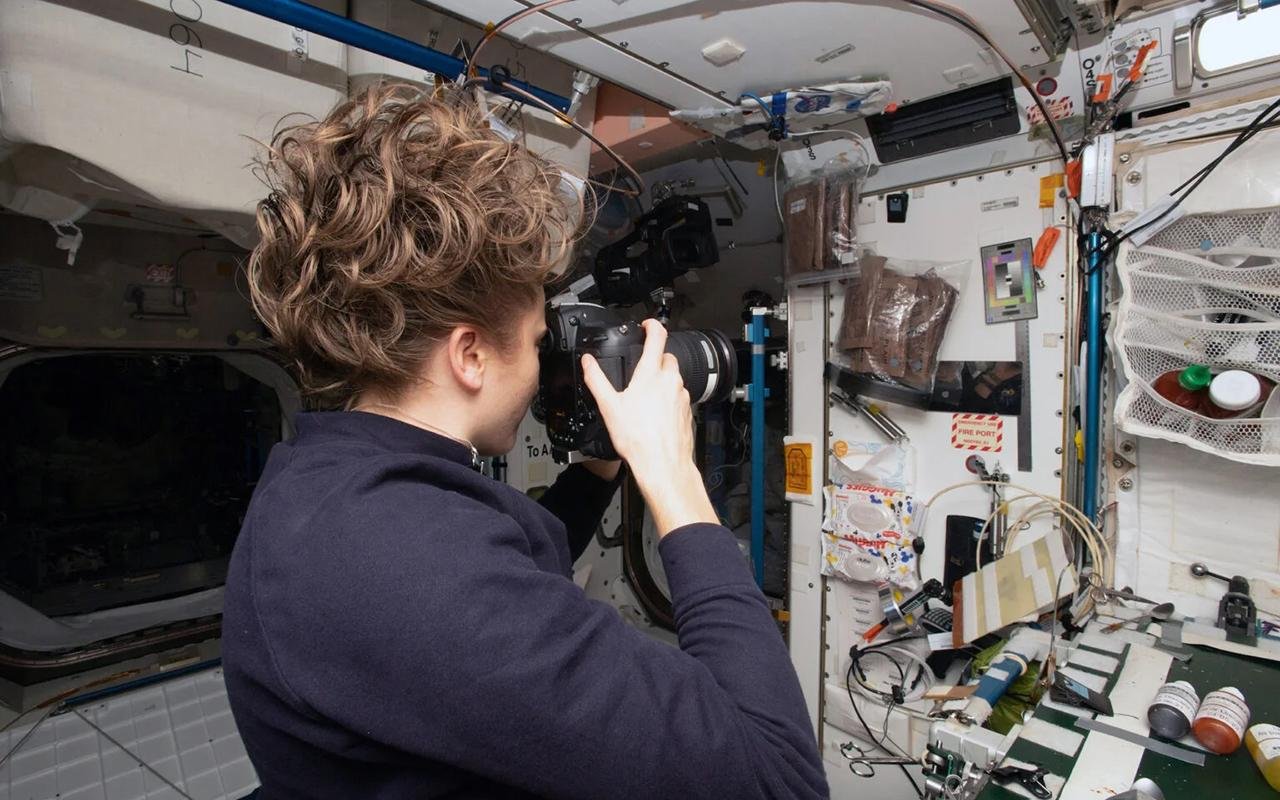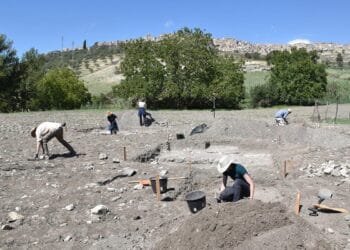Space archaeology, an intersection of archaeology, anthropology, and space exploration, delves into the study of human-made artifacts found in space. This emerging scientific discipline seeks to interpret these objects as clues to humanity’s ventures in space, preserving them as cultural heritage. By analyzing satellites, spacecraft, space stations, and even space debris, space archaeologists gain information about technological advancements, cultural influences, and historical events related to space exploration.

Understanding Technological Evolution
A primary goal of space archaeology is unraveling the development and evolution of space technology. Examining the design, construction, and materials of space artifacts allows researchers to trace the progression of space exploration, identifying significant milestones in human spaceflight. This knowledge not only informs future space missions but also contributes to the advancement of space technology, ensuring a continuous trajectory of innovation.
Preserving Space Heritage
Beyond technological insights, space archaeology plays a crucial role in preserving our space heritage. Similar to terrestrial archaeology’s mission to protect historical sites and artifacts on Earth, space archaeologists work to safeguard and document human-made objects in space. These artifacts, with immense historical and cultural value, represent humanity’s achievements and aspirations in space exploration.

The Cosmic Perspective
Space archaeology provides a unique perspective on humanity’s place in the universe. Studying artifacts and traces of human presence in space allows researchers to gain a deeper understanding of our relationship with the cosmos. It prompts reflections on the significance of space exploration and its impact on our collective identity as Earth’s inhabitants.
Legal and Ethical Considerations
As the field advances, legal and ethical considerations become paramount. The Outer Space Treaty of 1967 governs space objects, emphasizing the jurisdiction of the originating state. However, the complexities of international legal structures leave space archaeological sites vulnerable to various space travel impacts. Initiatives like For All Moonkind, Inc., a non-profit organization, advocate for legal protections for archaeological sites in outer space, prompting discussions at the United Nations Committee on the Peaceful Uses of Outer Space.

Advancements in Space Archaeology
Recent developments in space archaeology extend beyond Earth, including efforts to explore and study archaeological features on other celestial bodies. The Lunar Legacy Project, initiated in 1999, questioned the applicability of federal preservation laws on the Moon, leading to the exploration and documentation of Apollo landing sites. The discovery of Apollo 10’s Lunar Module “Snoopy” and the International Space Station Archaeological Project (ISSAP) showcase the evolving nature of space archaeology.
ISSAP’s Innovative Approach
The International Space Station Archaeological Project (ISSAP), initiated in 2015, represents a groundbreaking endeavor to study a space habitat archaeologically. Through the Sampling Quadrangle Assemblages Research Experiment (SQuARE), astronauts photograph taped-off squares aboard the International Space Station, creating a unique archaeological record. This innovative approach aims to understand habitat designs within spaceships and their implications for future space designs.

Space archaeology stands at the frontier of exploration, combining scientific disciplines to uncover the mysteries of our cosmic past. From understanding technological evolution to preserving space heritage and gaining a cosmic perspective, this field continues to evolve. Legal and ethical considerations, alongside innovative projects, contribute to the rich tapestry of space archaeology, ensuring that humanity’s celestial adventures are not only explored but also documented for future generations.

























